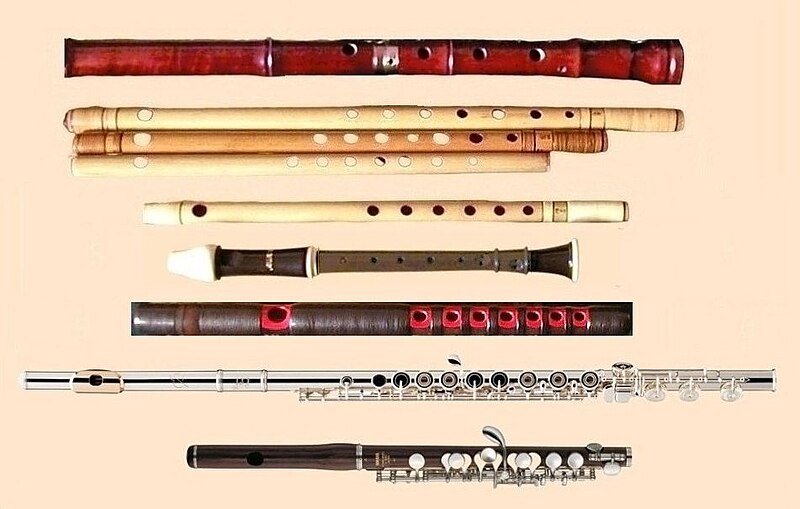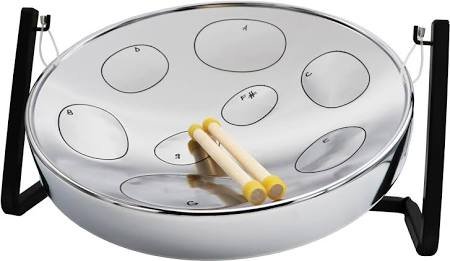March 10: Build your own Musical Instrument
Assigned Teachers: Sathmi, Piyumika, Suren, (Ruwanmalee: Absent)
Intro
Today we are going to learn about how to make all kind so of musical sounds and learn to make our own musical instrument!
You will need:
Recycled materials (e.g., plastic containers, cardboard tubes, plastic jugs, coffee tins, buckets, cardboard boxes, dish detergent bottles, bottle caps)
Natural materials (e.g., bark, sticks, rocks, sand, wood, iratu)
Objects for striking (e.g., unsharpened pencils, chopsticks, spoons, sticks)
Other household objects (e.g., paper plates, buttons, craft sticks, rice)
Drawing tools (e.g., pencils, erasers, coloured pencils, paper, etc.)
Fasteners (e.g., tape, glue, string, elastic bands)
Cutting/punching tools (e.g., scissors, hole punch, sharpened pencils)
Guide
Step 1:
Look at the below instruments, identify them and ask the following:
How does this instrument sound?
What part of the instrument is making the sound?
What part of our body do we use to make sound with this instrument?
How does this instrument make sounds with different pitches and loudness?







Step 2:
Decide what kind of musical instrument you want to make, and draw it on a piece of paper. What kinds of material would you need?
Step 3:
Start making you musical instrument. Here’s some inspiration images of homemade musical instruments
Step 4:
Everyone gather their instruments and have a small musical jam! This is the one chance you are permitted to be as loud as you like!
If there’s time:Reflect on how they worked during the design process to identify successes and areas of improvement
Extra info for Volunteers:
For younger kids, give kids more direct guidelines, using this link: 5 Instruments kids can make
Types of Musical instruments
Percussive (drums)
String (guitar, violin)
Wind (flute, panpipes, trumpet)
4 properties of sound:
Property 1: Pitch/Frequency
Property 2: Amplitude/Loudness
Property 3: Speed
Property 4: Reflection of Sound
Lesson objectives
Problem solving: the students are able to creatively use ordinary materials to create an instrument that makes sound
Designing and making: to be able to visualize an idea and implement it
Experimenting: students are able to get past failed ideas and try again!







